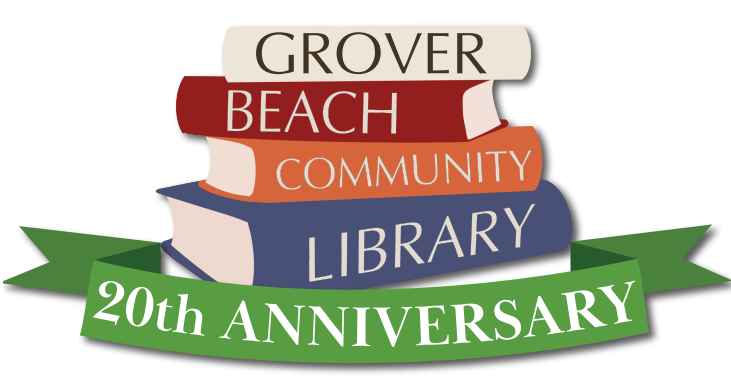Subject: Exploration & Discovery
Chronicle of the Narváez Expedition by Alvar Núñez Cabeza de Vaca
This book is the chronicle of a Spanish nobleman in 1528 to 1536 from Florida through Louisiana and Texas to California in search of treasure. This exploration was a precursor to modern anthropology.
The Conquest of New Spain by Bernal Diaz del Castillo
The is a first-person account of the overthrow of Montezuma’s doomed Aztec empire by a ruthless conquistador, Hernán Cortés. It is a detailed description of the Spanish landing in Mexico in 1520 and their hunt for gold and other treasures as well as their regrouping and eventual capture of the Aztec capital.
We discussed how much of the New World was founded by the hunt for riches and the tribulations endured by both the invaders and invaded.
The Passing of the Aborigines by Daisy Bates
Daisy Bates was an Irish-Australian journalist, welfare worker and lifelong student of the Australian Aboriginal culture. She was known to the aborigines as “Kabbarli” meaning grandmother. She conducted fieldwork among several indigenous nations in western and southern Australia and supported herself by writing articles for urban newspapers on the subjects of kinship systems, marriage laws, language, religion, and the “doomed” fate of these people. She was appointed a Commander of the Order of the British Empire for her work in 1934.
One Giant Leap: The Impossible Mission That Flew Us to the Moon by Charles Fishman
John F. Kennedy astonished the world in 1961 when he announced that the US should land a man on the moon by 1970. This was a shock to NASA who had less than a decade to invent space travel. Before this America had a whole five minutes outside the atmosphere—Russian dogs had more. In order to get more people behind it, they had to involve women. The ins and outs of this endeavor were enormous and trail blazing.
Our discussion was about how many women were actually involved in every aspect of our great achievement.
On The Map: Why the World Looks the Way it Does by Simon Garfield
Many explorations were to map an uncharted territory. Many old maps were of shorelines because these trips often were by ship and the interior of the continents was a blank space. If someone landed, they often did not go far into the interior. Cortez made the first maps of Florida, Mexico City and the Yucatan. Lewis and Clark mapped the interior of the United States. Many examples of old maps are in the book. Often wrong they only described the “known” world.
The Ghost Map: The Story of London’s Most Terrifying Epidemic—and How It Changed Science, Cities, and the Modern World by Steven Johnson
In 1854 London was devastated by an outbreak of cholera. While attempting to fight the outbreak and end it, they decided to make a map to determine where it started. What caused the illness? It was determined that toshers or scavengers in attempts to make a living and recycle anything that could be used again went into the streets, sewers, if any, canals and rivers and picked up anything, however small to be reused. Running water and cleanliness were almost unknown. This book documents the rather unsavory aspects of life at that time in an attempt to save people.
Underworld: The Mysterious Origins of Civilization by Graham Hancock
In this book the author tells of exploring unknown cities under the sea. Our reader found it impossible to read because it skipped around so much it was confusing. The author name-dropped and, ultimately found only himself to be the knowledgeable one. A search of Wikipedia found that he had “pseudoscientific theories” and had not been peer reviewed nor published in academic journals. The reader did not recommend anyone bothering to read it.
Next meeting: July 13,2021, at 10:30 a.m. at 240 North 9th Street, Grover Beach.
Topic: Animals
